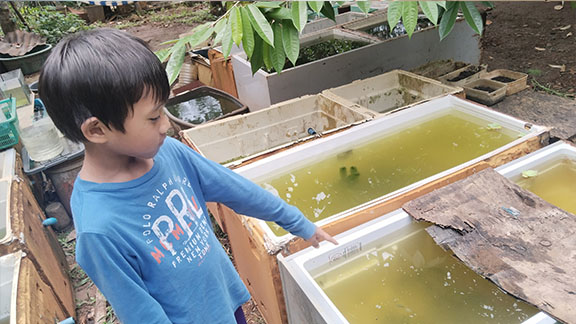uppies (Poecilia reticulata) are one of the most popular freshwater fish among aquarium enthusiasts, not only for their vibrant colors and lively behavior but also for their ease of breeding. Breeding guppies can be a rewarding experience, whether you’re looking to expand your aquarium or simply enjoy the process of raising fry. This article will guide you through the essentials of guppy breeding, from setting up your breeding tank to caring for the fry.
Guppies are livebearers, meaning they give birth to live young rather than laying eggs. A female guppy can give birth to anywhere from 20 to 50 fry every 4 to 6 weeks, depending on her health and age. Understanding the reproductive cycle is crucial for successful breeding.
- Gestation Period: The gestation period for guppies is typically around 28 days, but it can vary from 21 to 30 days.
- Sexual Dimorphism: Male guppies are usually smaller and more colorful than females. Males have a modified fin called a gonopodium, which is used for mating.
Setting Up a Breeding Tank
While guppies can breed in a community tank, setting up a separate breeding tank can help protect the fry and ensure a higher survival rate.
- Tank Size: A 10-gallon tank is sufficient for breeding a small group of guppies.
- Water Conditions: Maintain a temperature between 76°F and 82°F (24°C to 28°C) and a pH level of 6.8 to 7.8. Regular water changes are essential to keep the environment healthy.
- Hiding Spots: Provide plenty of plants (live or artificial) and decorations to give the fry hiding spots. This will help protect them from being eaten by adult fish.
- Filtration: Use a gentle filter to maintain water quality without creating strong currents that could stress the fish.
Breeding Process
Once your breeding tank is set up and your guppies are selected, it’s time to introduce them to each other.
- Acclimation: Introduce the guppies to the breeding tank gradually to minimize stress. Use a floating bag method or a drip acclimation process.
- Observation: After introducing the fish, observe their behavior. Males will often chase females, displaying courtship behavior. If the female is receptive, mating will occur.
Caring for the Fry
After a few weeks, you’ll notice the female becoming noticeably larger as she carries the developing fry. Once she gives birth, it’s essential to care for the fry properly.
- Fry Protection: If you’re concerned about adult guppies eating the fry, consider using a breeding box or net to separate the fry from the adults immediately after birth.
- Feeding: Once the fry are free-swimming (usually within a few hours of birth), start feeding them specialized fry food or crushed flakes. You can also provide infusoria or finely crushed brine shrimp for added nutrition.
- Water Quality: Maintain excellent water quality by performing regular water changes and monitoring parameters. Fry are particularly sensitive to poor water conditions.
Growing Out the Fry
As the fry grow, they will need more space and a varied diet.
- Tank Size: Once the fry are large enough to avoid being eaten, transfer them to a grow-out tank. A 20-gallon tank is ideal for a larger number of fry.
- Diet: Continue to provide high-quality food, gradually increasing the size of the food as they grow. You can also introduce more variety, such as finely chopped vegetables or commercial fry food.
- Sexing Fry: As the fry mature, you can start to identify their sex. Males will develop their colorful patterns and gonopodium, while females will grow larger and rounder.
Conclusion
Breeding guppies can be a fun and educational experience, providing insights into fish behavior and reproduction. With proper care and attention, you can successfully breed guppies and enjoy watching the next generation thrive. Whether you’re looking to expand your aquarium or share your guppy fry with friends, the joy of breeding these colorful fish is sure to enhance your aquarium hobby. Happy breeding!


